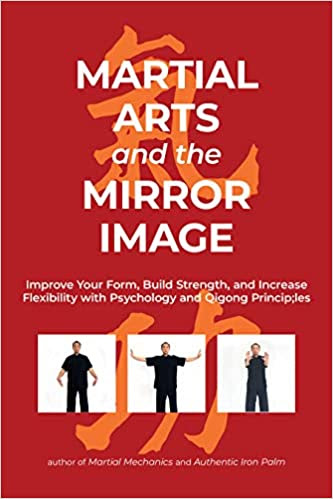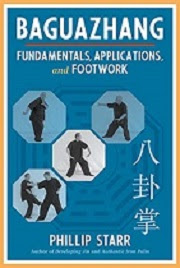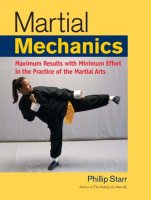by Phillip Starr
Joint “locking” techniques can really be applied only against joints that are intended primarily to move in only two directions (such as the elbow), while “twisting” techniques are applicable to any joint. These techniques can be extremely painful and, if carried to an extreme, disabling. Seizing techniques are usually applied against certain muscles and/or tendons, in an effort to tear them.
I once asked my teacher, Master W. C. Chen, about why such techniques would be useful additions to one's martial arts arsenal. He explained that many of them are useful against an opponent who you do not wish to injure with a strong blow and they cause more than enough pain to dissuade most aggressors from pressing on with their assault.
Moreover, they allow you to place your enemy in an untenable position (that's “indefensible” for you rednecks out there) so that you can easily strike him and end the scuffle.
However, he cautioned me and explained that in order to successfully apply a quin-na technique requires that one's skill must be at least three times greater than that of the opponent.
I know of some martial arts schools that place their primary emphasis on the application of qin-na techniques and I would admonish them to carefully heed Sifu Chen's words of prudence. Such schools generally exhort students to “cooperate” with each other, claiming that doing otherwise increases the likelihood of injury. I can understand that. But having said that, a real self-defense situation doesn't normally involve a cooperative opponent.
When initially learning such a technique, I think a good measure of cooperation is very necessary. Once the technique has been well-learned, one's practice partner should attack with a real attack and not necessarily be cooperative to the application of the qin-na technique. This will help the student learn to apply it very quickly and correctly.
I believe that quin-na is a valuable asset to one's martial arts arsenal but to rely solely upon such techniques for self-defense is very risky.




.jpg)


















No comments:
Post a Comment